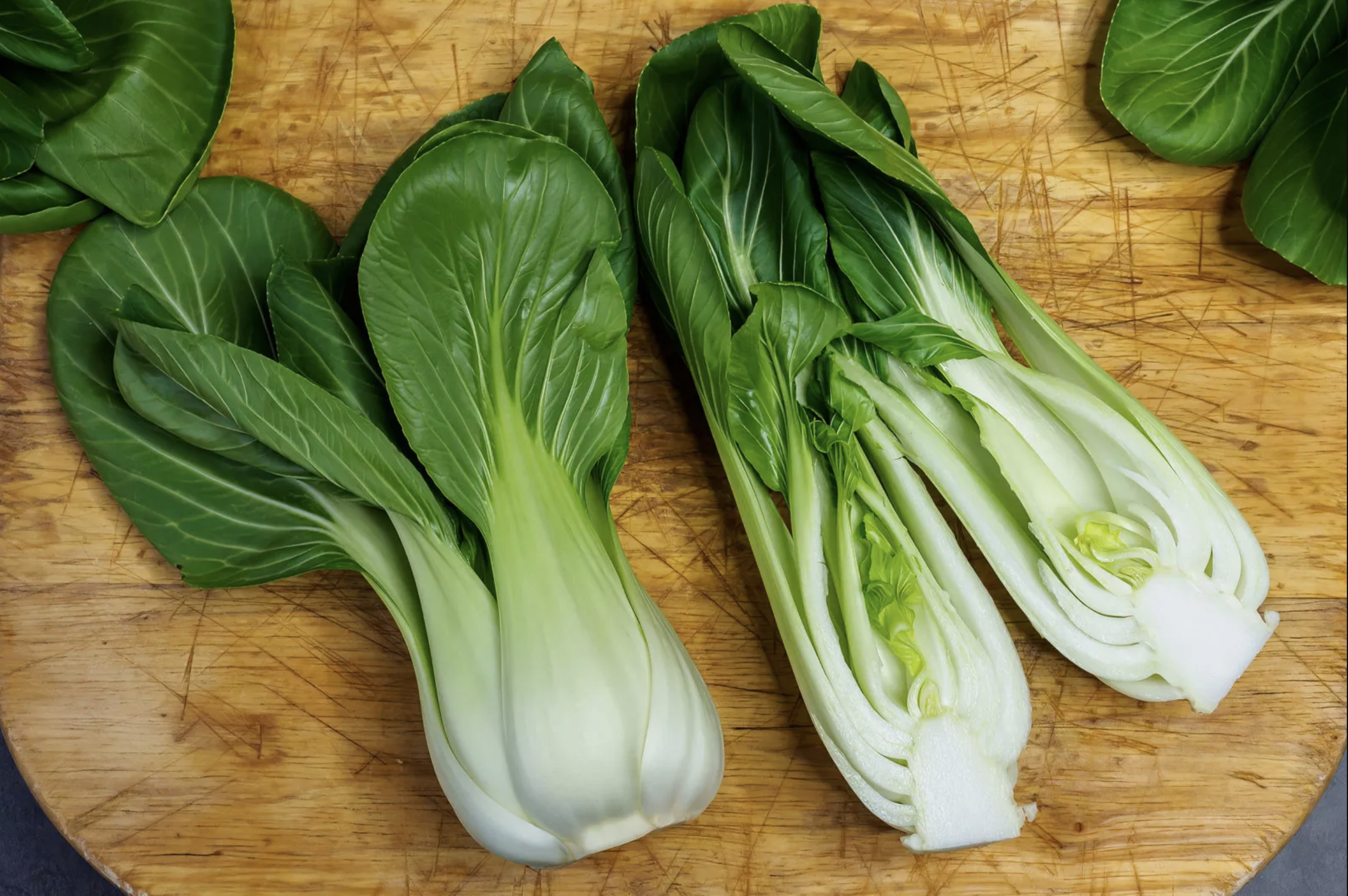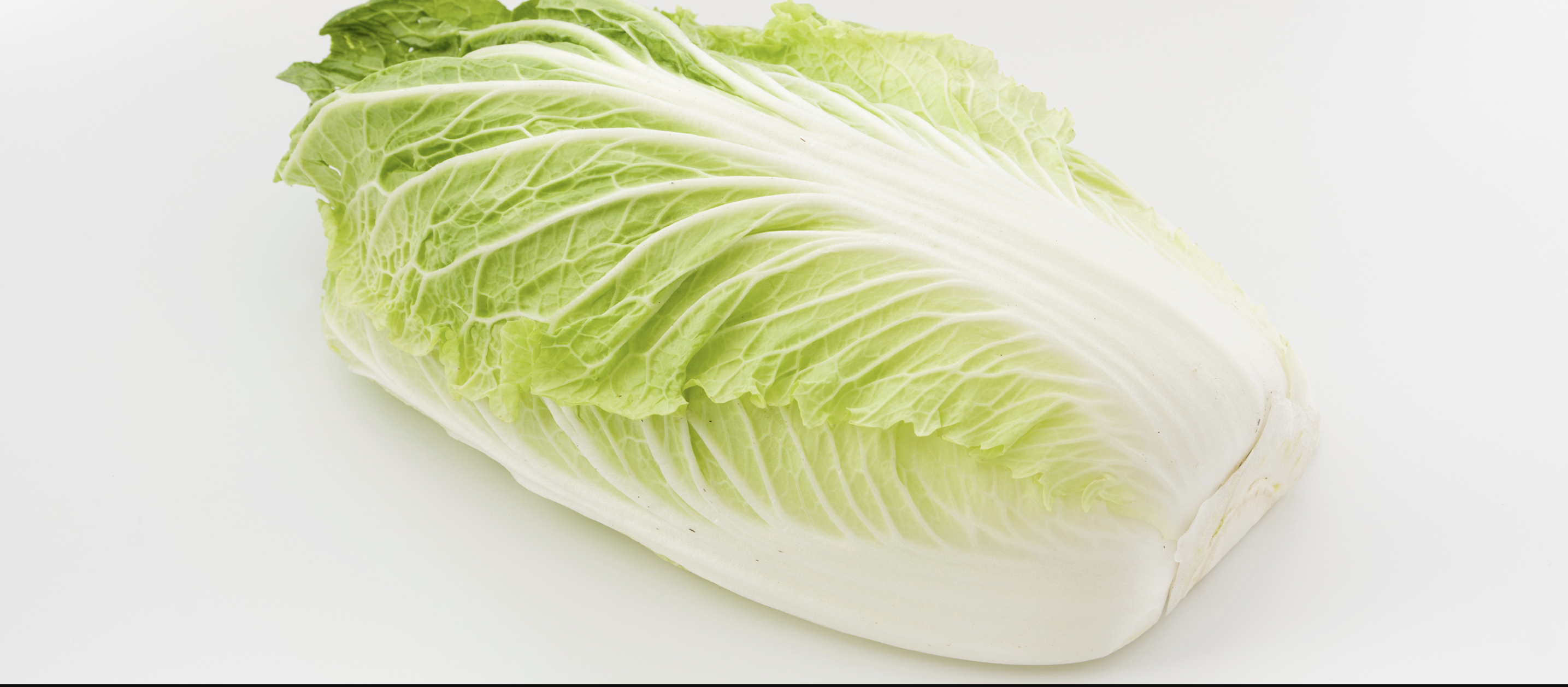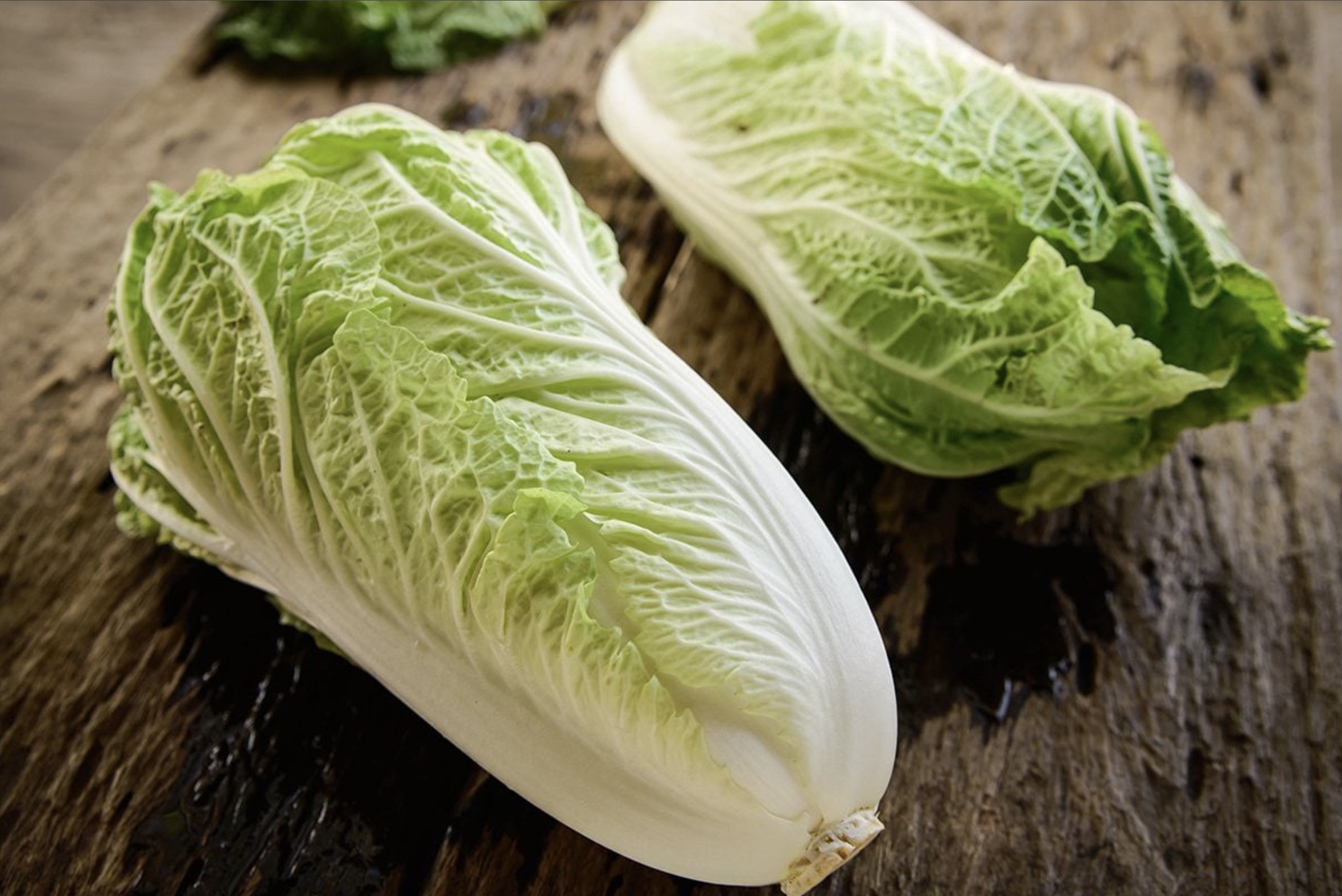Asian Cabbage Salad with Peanut Dressing A Refreshing Twist
Asian Cabbage, a humble vegetable often relegated to the background of culinary scenes, is currently enjoying a remarkable resurgence in popularity. Traditionally seen as a staple in stews or coleslaw, it is now being rediscovered for its versatility and health benefits. This resurgence is particularly noticeable among food enthusiasts and health-conscious individuals who are exploring more plant-based and nutrient-rich options in their diets.
One of the most exciting incarnations of this trend is the Asian Cabbage Salad, which showcases cabbage in a refreshing and vibrant new light. This salad is not only a testament to the adaptability of cabbage but also exemplifies how traditional ingredients can be transformed with a modern twist. Featuring a mix of raw green and red cabbage, the salad is a visually appealing dish that brings a burst of color to any meal. The addition of red bell peppers, carrots, and edamame adds further texture and nutritional value, making it a powerhouse of vitamins and antioxidants.
The real star of the Asian Cabbage Salad, however, is the peanut dressing. This dressing, with its rich and creamy texture, complements the crispness of the fresh vegetables perfectly. Infused with ginger, it introduces a zesty kick that elevates the flavors, turning the salad into a delightful experience. This combination of health benefits and distinctive flavors makes the Asian Cabbage Salad not just a dish but a celebration of cabbage’s newfound fame in the culinary world. It invites diners to rethink their perceptions of this often-overlooked vegetable, presenting it in a form that is both nutritious and irresistibly tasty.
| Aspect | Details |
|---|---|
| Vegetable Highlighted | Asian Cabbage |
| Popularity | Enjoying a resurgence among health-conscious and plant-based diet enthusiasts |
| Salad Features | Mix of raw green and red cabbage, red bell peppers, carrots, and edamame |
| Nutritional Value | Rich in vitamins and antioxidants |
| Key Dressing Ingredient | Peanut dressing infused with ginger |
| Impact | Presents cabbage in a new, refreshing light, encouraging a reevaluation of its culinary use |
Contents
Ingredients Highlight
Cabbage: Central to this Asian Cabbage Salad are both green and red cabbage, each contributing unique nutritional benefits and vibrant hues to the dish. Green cabbage is known for its high fiber content and vitamin K, essential for bone health, while red cabbage offers an added boost of vitamin C and anthocyanins, antioxidants that help fight inflammation and enhance heart health. When preparing cabbage, it’s advisable to slice it thinly to maximize its texture and ability to absorb the delicious dressing. A sharp chef’s knife will make this task easier, ensuring even and clean cuts.

Red Bell Pepper: This ingredient is not only visually appealing but also packed with nutritional benefits. Red bell peppers are rich in vitamin C, surpassing the amounts found in citrus fruits, and provide considerable amounts of beta carotene, which the body converts into vitamin A. Their natural sweetness and satisfying crunch make them an ideal component of this salad, enhancing the overall texture and flavor profile.
Shredded Carrots: Carrots add a burst of color and a hint of sweetness, along with a wealth of nutrients like vitamin A, which is crucial for vision and immune function. Using pre-shredded carrots can save time in the kitchen without sacrificing any nutritional benefits. They integrate well into the salad, contributing to the multi-textured appeal of the dish.
Edamame: These young soybeans are a standout addition, offering high-quality plant protein, fiber, and essential micronutrients like vitamin K and folate. Edamame adds a delightful chew and is particularly beneficial for those looking to boost protein intake in plant-based diets.
Cilantro: Known for its fresh, citrusy flavor, cilantro not only adds a burst of color and flavor but also contains antioxidants, which can aid in detoxification. Its vibrant green leaves are perfect for bringing a fresh look and taste to every bite.
Almonds and Alternatives: Almonds provide a crunchy texture and a dose of healthy fats, protein, and vitamin E. For those who prefer a variety, peanuts or sunflower seeds are excellent substitutes that still deliver crunch and nutritional value. Toasting these nuts and seeds enhances their flavor, making them a crunchy, aromatic topping for the salad.
Ginger Peanut Dressing: The dressing is a simple yet flavorful blend that can be whisked together in minutes. It combines peanut butter, fresh ginger, and other Asian-inspired ingredients to create a rich, creamy dressing that complements the crisp vegetables perfectly. Its ease of preparation and addictive flavor profile make it a key element of this salad.
| Ingredient | Description | Nutritional Benefits |
|---|---|---|
| Cabbage (Green and Red) | Central to the salad, adds vibrant hues and texture. | Green cabbage is high in fiber and vitamin K. Red cabbage provides vitamin C and anthocyanins. |
| Red Bell Pepper | Visually appealing, adds sweetness and crunch. | Rich in vitamin C and beta carotene. |
| Shredded Carrots | Adds color and sweetness, easy integration with pre-shredded variety. | High in vitamin A, crucial for vision and immune function. |
| Edamame | Provides a chewy texture and protein boost. | Rich in protein, fiber, vitamin K, and folate. |
| Cilantro | Enhances freshness with its citrusy flavor and vibrant color. | Contains antioxidants beneficial for detoxification. |
| Almonds and Alternatives (Peanuts, Sunflower Seeds) | Contributes crunch and texture; can be toasted for enhanced flavor. | Source of healthy fats, protein, and vitamin E. |
| Ginger Peanut Dressing | Easy to prepare, creamy, and flavorful. | Complements the vegetables, adding a rich, zesty kick. |
Step-by-Step Recipe Guide
Toasting Almonds: Begin by spreading the almonds on a baking sheet and toasting them in a preheated oven at 350°F for about 5-10 minutes. Keep a close eye on them to prevent burning, as nuts can quickly go from toasted to scorched.
Preparing the Salad: In a large mixing bowl, combine thinly sliced green and red cabbage with red bell pepper strips, shredded carrots, shelled edamame, and chopped cilantro. This mix forms the colorful and nutritious base of your salad.
Dressing Preparation: In a small bowl, whisk together the ingredients for the ginger peanut dressing. Start with peanut butter, adding freshly grated ginger, soy sauce, a touch of honey, and a squeeze of lime juice. Adjust the consistency with a little water if needed to ensure it drizzles easily over the vegetables.

Finishing Touches: Pour the dressing over the salad ingredients gradually, tossing to coat evenly. This method allows every element to be deliciously seasoned. Once dressed, sprinkle the toasted almonds over the top for an added texture and a nutty flavor. Give the salad a final toss before serving to integrate the almonds and dressing throughout.
This recipe offers a harmonious blend of flavors and textures, making it a delightful addition to any meal or a satisfying dish on its own.
| Step | Description | Key Points |
|---|---|---|
| Toasting Almonds | Spread almonds on a baking sheet and toast in a preheated oven at 350°F for 5-10 minutes. | Watch closely to prevent burning, as almonds can easily become scorched. |
| Preparing the Salad | Combine thinly sliced green and red cabbage, red bell pepper strips, shredded carrots, shelled edamame, and chopped cilantro in a large mixing bowl. | This combination forms the colorful and nutritious base of the salad. |
| Dressing Preparation | Whisk together peanut butter, freshly grated ginger, soy sauce, honey, and lime juice in a small bowl. Adjust the consistency with water if needed. | The dressing should drizzle easily over the vegetables. |
| Finishing Touches | Pour the dressing over the salad gradually, tossing to coat evenly. Sprinkle toasted almonds over the top and give a final toss. | Ensures even seasoning and integrates the almonds and dressing throughout the salad. |
Additional Preparation Tips:
How to Thinly Slice Cabbage: Achieving the perfect texture in an Asian Cabbage Salad starts with properly slicing the cabbage. Begin by selecting a firm, fresh head of cabbage. Remove any loose or discolored outer leaves. Using a sharp chef’s knife, cut the cabbage in half from top to bottom, slicing through the stem to ensure stable halves. Lay each half flat on the cutting board and slice it in half again, creating quarters. Carefully remove the core from each quarter. Place each quarter flat against the cutting board and thinly slice crosswise. For a finer texture, you can further chop the thinly sliced cabbage. This method ensures crisp, delicate pieces that are ideal for absorbing the dressing.
Make-Ahead Tips: To streamline the preparation process, most components of the Asian Cabbage Salad can be prepared in advance. Slice the cabbage, bell peppers, and carrots, and store them in airtight containers in the refrigerator. You can also cook and shell the edamame ahead of time. The ginger peanut dressing can be whisked together and stored in a separate container in the fridge. These steps can be done up to a day ahead, making it easy to assemble the salad quickly when ready to serve.
Storage Tips: If you anticipate leftovers or prefer to prepare meals ahead of time, store the salad and dressing separately. Place the salad ingredients in an airtight container in the refrigerator, where they will stay fresh for about 3-4 days. Keep the dressing in a separate airtight container. This separation prevents the vegetables from becoming soggy and maintains the crisp texture of the salad. When ready to serve, simply toss the salad with the dressing to ensure freshness and flavor in every bite.
| Step/Tip | Description | Key Points |
|---|---|---|
| How to Thinly Slice Cabbage | Begin by selecting a firm head of cabbage. Cut it in half from top to bottom, then slice each half into quarters. Remove the core and thinly slice crosswise. | Ensures crisp, fine pieces perfect for absorbing dressing. Optionally, further chop for finer texture. |
| Make-Ahead Tips | Slice cabbage, bell peppers, and carrots and store in airtight containers. Cook and shell edamame. Whisk ginger peanut dressing and refrigerate separately. | Preparation can be done up to a day in advance, simplifying assembly when ready to serve. |
| Storage Tips | Store salad ingredients and dressing in separate airtight containers in the refrigerator. | Keeps ingredients fresh for 3-4 days and prevents salad from becoming soggy. |
Serving Suggestions:
As a Main Dish: The Asian Cabbage Salad can easily be transformed into a hearty main dish with the addition of protein. Shredded chicken, either freshly cooked or leftover, is an excellent choice as it complements the flavors without overpowering them. For a vegetarian option, crispy tofu cubes add a delightful texture and protein boost. Incorporate these proteins by mixing them into the salad just before adding the dressing, allowing the flavors to meld beautifully.
Accompanying Dishes: To create a themed meal, serve this vibrant salad with other Asian-inspired dishes. Consider pairing it with a bowl of miso soup or a plate of spring rolls for a light, healthful meal. A stir-fry with a variety of vegetables and a side of jasmine rice makes for a more filling option. These dishes share complementary flavors that will enhance the overall dining experience.

Options for Side Dishes: The Asian Cabbage Salad also serves wonderfully as a side dish with main courses. For a seafood option, consider serving it alongside Teriyaki Salmon or Soy Ginger Salmon; the salad’s crispness cuts through the richness of the fish beautifully. For meat lovers, pair the salad with grilled pork chops or pork loin prepared with Asian spices. Shrimp stir-fried with a hint of garlic and a splash of soy sauce also makes a delightful pairing, balancing the lightness of the salad with the savoriness of the shrimp.
Whether served as a standalone dish or part of a larger feast, this Asian Cabbage Salad is versatile and vibrant, making it a perfect choice for any meal. Its ability to be prepared in advance and its adaptability with various proteins and dishes ensure that it can fit into any meal plan with ease, providing a delicious and nutritious option for any occasion.
| Serving Option | Description | Complementary Dishes |
|---|---|---|
| As a Main Dish | Add protein like shredded chicken or crispy tofu cubes to the salad before dressing for a hearty main dish. | Proteins blend seamlessly with the salad’s flavors. |
| Accompanying Dishes | Pair the salad with Asian-inspired dishes such as miso soup, spring rolls, or a vegetable stir-fry with jasmine rice. | Enhances a themed meal with complementary flavors. |
| Options for Side Dishes | Serve alongside main courses like Teriyaki Salmon, grilled pork chops with Asian spices, or garlic soy sauce shrimp. | The salad’s crispness complements rich or savory flavors, making it a versatile side dish. |
The journey of creating and enjoying a dish like the Asian Cabbage Salad encapsulates more than just the act of eating; it’s a culinary experience that engages the senses and celebrates the virtues of simplicity and freshness. This salad is not merely a meal but an expression of the art of combining textures, colors, and flavors into a harmonious whole that is both pleasing to the eye and the palate.
The satisfaction derived from making this salad lies in its approachability and the instant gratification it offers. From the crisp snap of fresh vegetables to the aromatic allure of the ginger peanut dressing, each element of the Asian Cabbage Salad is a testament to the joys of eating foods that are not only nourishing but also inherently vibrant and full of life. The varied textures—from the crunch of the cabbage and carrots to the soft chewiness of edamame—create a dynamic eating experience that keeps every bite interesting.
Moreover, this salad exemplifies how a simple vegetable like cabbage, often overlooked as mundane or utilitarian, can be transformed into a centerpiece of a meal. The use of both green and red cabbage not only adds a visual pop but also brings a wealth of health benefits, including high levels of vitamins and antioxidants, which are crucial for overall health and wellbeing. This dish serves as a reminder of how versatile and indispensable cabbage can be in our diets, encouraging us to rethink its role in our culinary repertoire.
I encourage readers to try making this Asian Cabbage Salad not just for its health benefits but as a celebration of what wholesome, unprocessed foods can offer. This recipe is a gateway to exploring the possibilities of cabbage, pushing past traditional preparations like coleslaw or stewed cabbage to discover its potential to be the star of the plate in a fresh, appealing form.
Furthermore, this salad is incredibly adaptable; it invites experimentation. Whether you stick to the recipe or venture to add different proteins, nuts, or additional vegetables, each version can be a reflection of personal taste and seasonal availability. It encourages creativity in the kitchen, which can be especially rewarding.
The Asian Cabbage Salad is more than just food—it is nourishment for both the body and the spirit. It embodies the idea that eating well doesn’t have to be complicated or time-consuming. It showcases that with a few high-quality ingredients and a little creativity, you can create a meal that is satisfying, nutritious, and able to bring a little joy into your daily routine.
So, whether you are a seasoned chef or a beginner in the kitchen, this Asian Cabbage Salad is within your reach. Let it inspire you to make more health-conscious food choices, experiment with underappreciated ingredients like cabbage, and most importantly, enjoy the process of cooking and eating as integral parts of a vibrant lifestyle. This salad isn’t just a dish; it’s a stepping stone to a more healthful, flavorful, and joyful way of cooking and eating. Try it once, and you may find yourself rediscovering the pleasures of simple, fresh ingredients all over again.
Cabbage -Unstuffed Cabbage Rolls A Quick and Cozy Dinner
Irish Butter Cabbage A Comforting Side Dish
A Savory Journey into Fried Cabbage and Kielbasa
Battered and Deep Fried Cabbage with Crispy Seeds and Lemon
Deliciously Simple Fried Cabbage and Bacon Recipe
Unique Qualities of Sprouts and Brussels Cabbage
Sour Cabbage A Culinary Journey of Flavor, and Health
